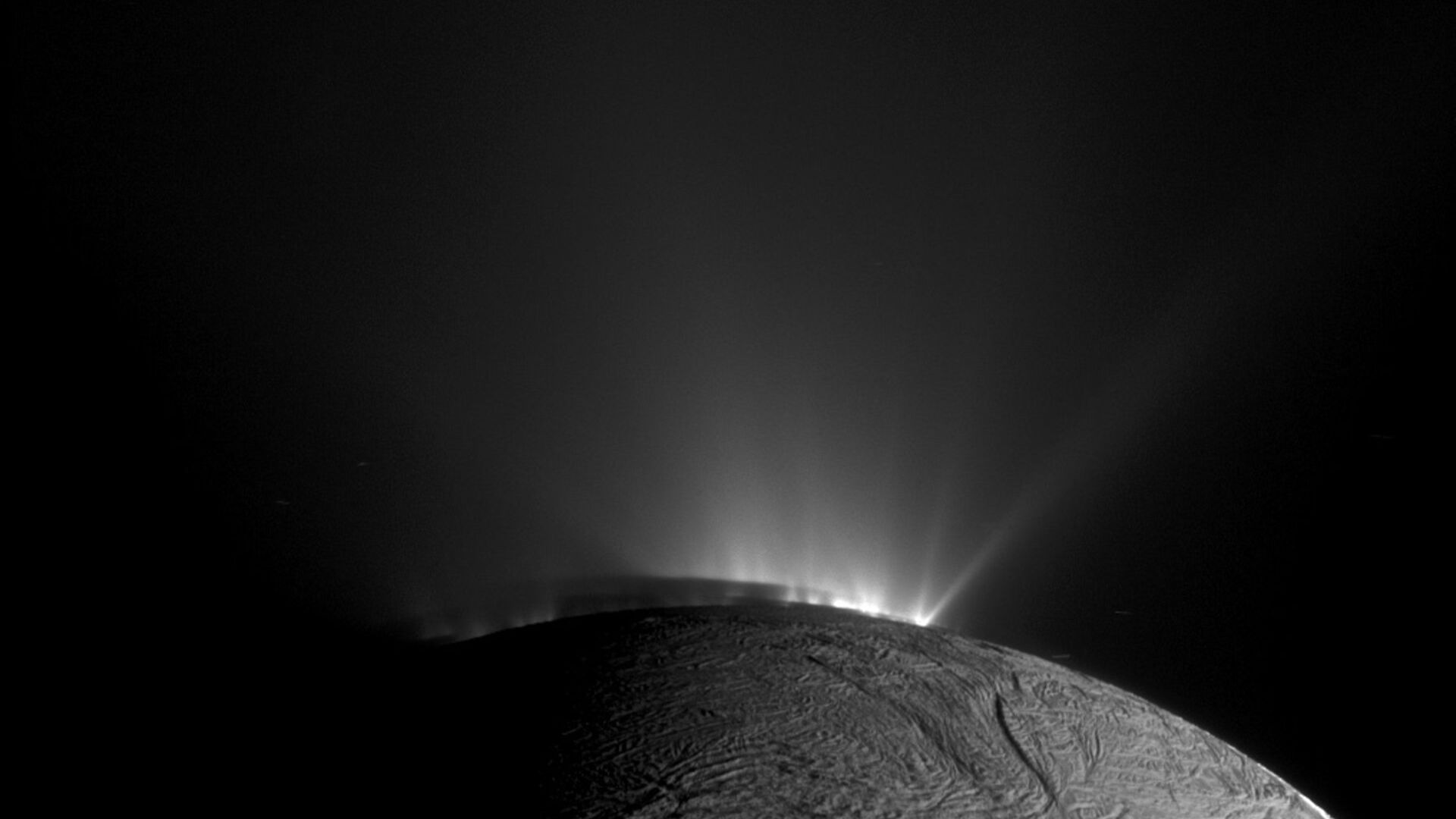New Delhi: In 2005, Cassini encountered jets of water bursting from cracks in the icy shell of Saturn’s moon Enceladus, providing the first evidence of a subsurface ocean. These spouts are responsible for forming the E ring of Saturn, with the finer particles escaping the gravity of the small ice moon, with the returning ice and sand particles returning to the surface. When Cassini was designed and launched, scientists did not know of the water spouts on Enceladus, and did not expect the spacecraft to fly straight through it. Cassini sampled the material from Enceladus forming the E ring, as well as the material from the spouts itself.
Fresh analysis of the latter has revealed a wider inventory of organic molecules than were previously discovered in the E ring. The material from the water spouts were fresh, while the material in the E ring could be millions of years old, exposed to photochemistry and degraded by the influence of light. The new organic molecules discovered in the E ring is evidence of ongoing complex chemistry in the oceans of Enceladus, with the molecules involved in chemical reactions that lead to even more complex molecules that are employed for the business of life.
ESA headed to Enceladus
A paper describing the findings has been published in Nature Astronomy. The new evidence is great because we now know that the plumes spewing from the ocean of Enceladus are rich in organic matter, some of which are essential for life, and the oceans also contain an energy source, such as hydrothermal vents that can provide sufficient energy to sustain lifeforms. This makes Enceladus a compelling target for an astrobiology-focused mission, equipped with the instruments necessary to determine if the subsurface ocean does, in-fact harbour life. The European Space Agency is planning such a mission, one that directly lands on Enceladus.
